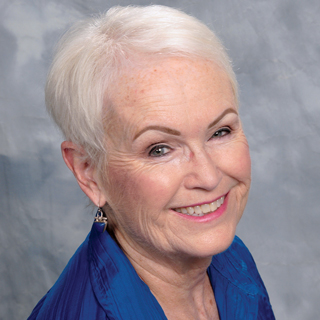
When the Centers for Medicare & Medicaid Services issued the current version of the State Operation Manual, Appendix PP, effective November 28, 2017, I was impressed by the depth of the work which had been done and the revisions to the formatting of the regulations.
I do, however, take umbrage when CMS uses a term such as ‘psychotropic’ in such a loose and ill -defined manner as found in regulation F-758. This regulation is causing problems.
F-758 shows “A psychotropic drug is any drug that affects brain activities associated with mental processes and behavior. These drugs include, but are not limited to, drugs in the following categories: Antipsychotic, Antidepressant, Antianxiety and Hypnotic.
The regulation includes the requirement for gradual dose reductions and requires any prn orders for these drugs to be limited to 14 days with a proviso which allows the attending physician to extend this order beyond 14 days if the rationale is documented and the order indicates the duration of the PRN order.
NOTE: The regulatory requirements covering antipsychotic drugs are not what I am addressing here.
I know that regulatory language is sometimes deliberately vague and open to interpretation. However, words have meaning and when it comes to defining a class of medications, words should have a precise meaning and should not be left open to interpretation.
The interpretation of just what constitutes a “psychoactive” drug seems to be at the heart of this conundrum.
The CMS definition is noted above.
There is a CMS list of psychoactive drugs on the CMS 672, items 134 through 137. The fine print shows the lists are not all inclusive.
The group of drugs below has the potential to affect brain activities associated with mental processes:
Central nervous system agents, mood stabilizers, anticonvulsants, muscle relaxants, anti-cholinergic medications, antihistamines, NMDA receptor modulators and over the counter natural or herbal products.
Who knows what those herbal products really do anyway? Do herbals cross the blood brain barrier?
Plus, I do have a question after reading an article on the use of NSAIDS in the treatment of Alzheimer’s and Parkinson’s diseases. Per an article in Pharmaceuticals (Basel)2010 Jun; 3(6): 1812–1841:
“Due to the consistent appearance of neuroinflammation in neurodegenerative disease, players in the neuroinflammatory cascade have become potential therapeutic targets… studies have revealed… neuroinflammation in neurodegenerative disease holds great complexity, with NSAID efficacy on pathology and behavior varying by disease, … and neural region.”
That leads me to ask: If NSAIDS are used to treat neuroinflammation in Alzheimer’s and Parkinson’s diseases and affect behavior, do NSAIDS become classified as psychoactive drugs? Will a PRN order for aspirin be limited to the 14 day rule?
Recently, CMS Administrator Seema Verma noted that her team “is committed to doing our part to make sure caring professionals can do their job without the burden of unnecessary requirements.”
–
So then how exactly is writing an ill-defined regulation which leaves the intent and scope open to interpretation reducing provider burden?
Leslie Mahoney, RN, BSNCEO, is the CEO of SAVVY on the SOM.




